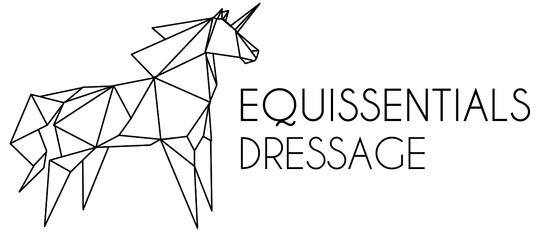Transitions are a key part of the horse's education - and whether your horse is young or more experienced, they can help you improve many other aspects of your schooling and flatwork.

Balance - horses naturally tend to be on the forehand slightly, so riding some positive downwards transitions closes the frame and brings the weight slightly back onto the hindlegs so the horse learns to carry itself in a more uphill balance. Riding direct - Trot > Walk, Canter > Walk transitions with some 'half' transitions within the pace - for example a bigger to a smaller trot will really help with this.
Preparing - riding a transition or shifting the weight back onto the hind legs with a half halt into a slightly smaller version of the pace you are in helps to connect the horse and make it more adjustable for a particular movement. Think about the canter pirouette, the rider must create a smaller collected canter with enough energy to execute the pirouette. If the canter is too big, the pirouette becomes too big and is more 'working' than test ready.
Good quality transitions both within and between paces help the horse to become more supple in its body, but also more responsive and reactive to the riders aids. Riding lots of transitions varying where you ask and what you ask for keeps the focus on you and 'whats next'.
Carl Hester is a huge advocate of transitions, and advises that you can not ever do too many good quality ones. They don't need to be within the confines of an arena - you can do them hacking, in the fields or even in hand.
Next time you ride, count how many you do in a normal session!

